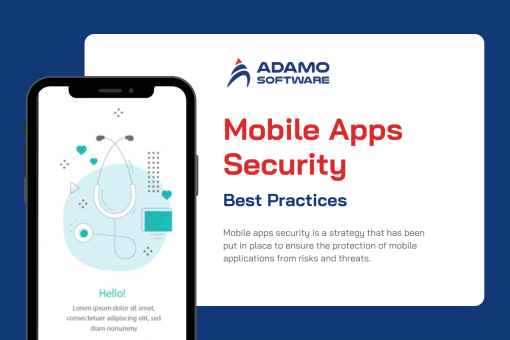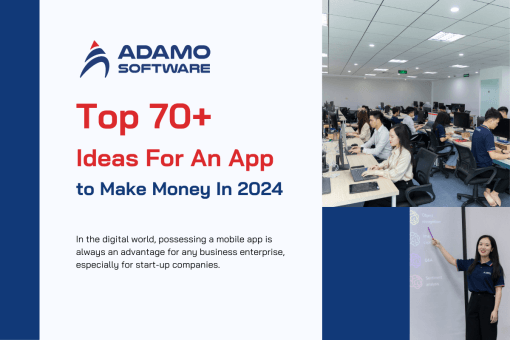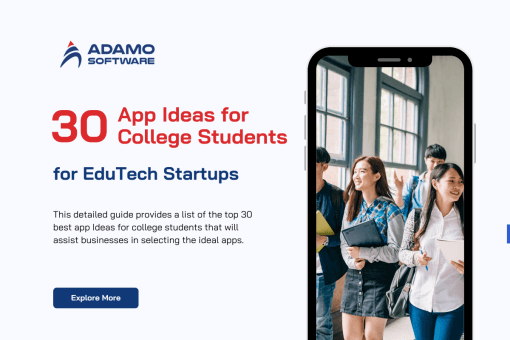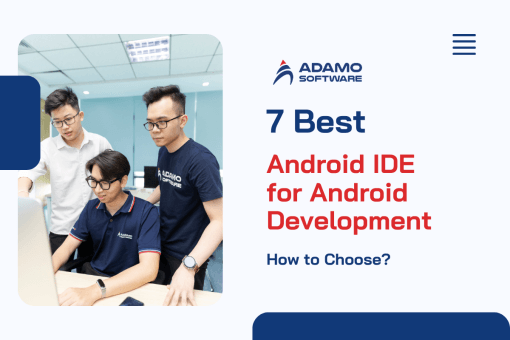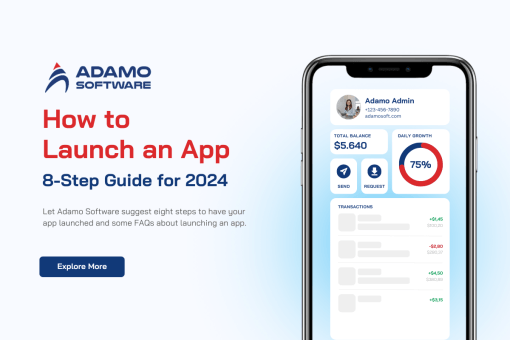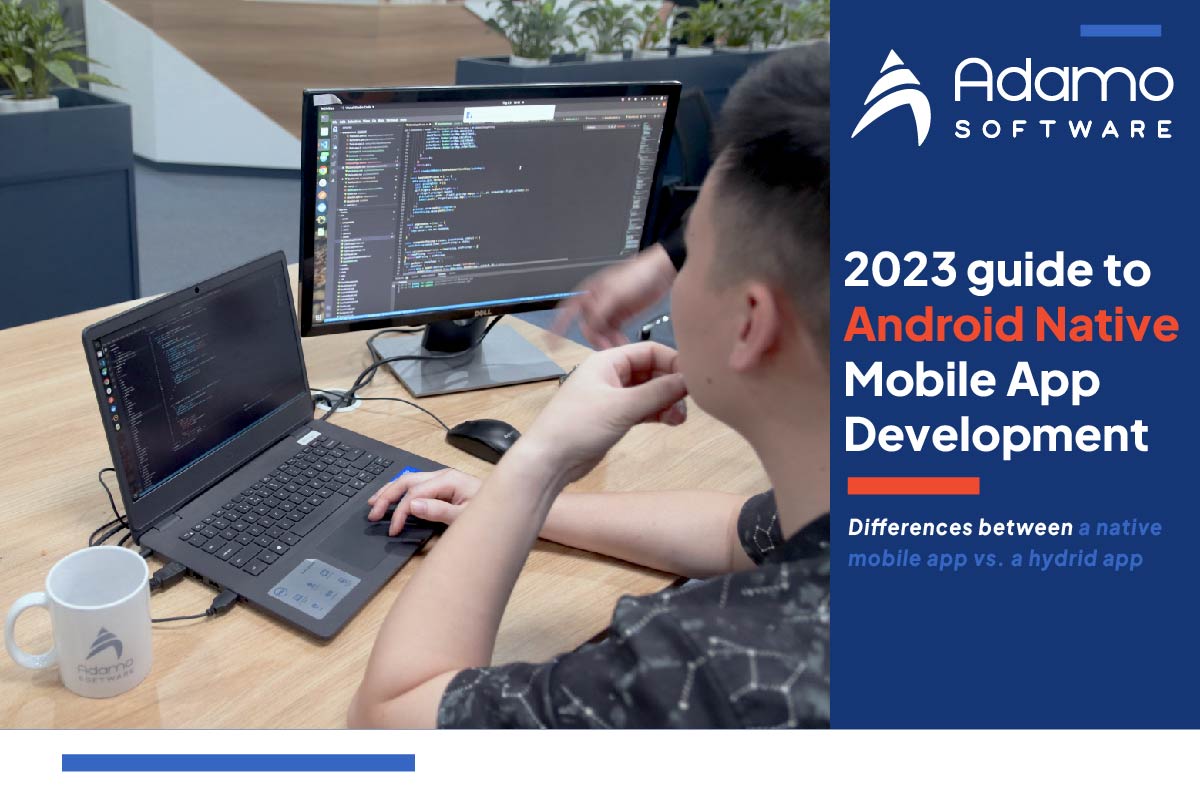
Android enables device makers to compete and innovate. Android native mobile app development can reach massive audiences and bolster businesses.
Android is the world’s most prevalent operating system, with over 2.5 billion active users in 190 countries. With industry titans such as Samsung, LG, Motorola, and HTC releasing Android-powered phones, it rapidly became the most popular mobile operating system, surpassing one billion active users by 2014.
This increases demand for Android native mobile app development. Our article will provide business proprietors with a guide to developing Android native mobile apps in 2023.
I. What is native app development?
Native mobile app development entails the creation of applications for specific mobile operating systems. Users can then download them from app stores such as the App Store and Google Play. If you intend to create an iOS application, app developers will use Objective-C or Swift as programming languages. In contrast, Android native mobile app development requires the programming languages Java or Kotlin.
Both Apple and Google offer their own development tools, interface elements, and software development kits (SDKs) to app developers. Most businesses will invest in native mobile app development due to the advantages it offers over hybrid and web apps. As mobile software becomes a necessity, businesses must understand the advantages and disadvantages of each app development strategy.
II. Differences between a native mobile app and a hybrid app
There are two kinds of mobile apps: native apps and hybrid apps. At first glance, both have the same features and design, but the technology inside is different.
Hybrid apps, as the name suggests, are a mix of web apps and apps that work only on mobile devices. You can make them with HTML, CSS, and JavaScript, which are web-based tools. You can also put them in app shops, where people can download them and use them as Android or iOS apps.
The major benefits of hybrid apps are that they can be used on different devices and that they are easy to make. You only have to write the code once, and your hybrid app will work on different operating systems. Hybrid platforms like Ionic can be used to make cross-platform hybrid apps.
On the other hand, native mobile apps have to be written in languages like Java, Kotlin, Swift, or Objective-C that are specific to the device. They can use the phone’s built-in features, like the camera and microphone, without having to do anything special. If you have a hybrid app, you need to use plugins like Ionic plugins to take advantage of the device’s unique features.
Hybrid apps also need WebViews to show their user experiences. Webviews are in-app browsers that let mobile apps view and display web content. This is how Android and iOS devices can run hybrid apps made with HTML, CSS, and JavaScript as native mobile apps.
| Hybrid apps | Native apps | |
| Definition | Combination of web and mobile or desktop | Dedicated mobile or desktop applications |
| Platform | cross-platform | platform-specific |
| Access to the OS’s built-in features | With plugins | By default |
| WebView | yes | No |
| App store submission | accepted | accepted |
| Programming languages | HTML, CSS, JavaScript | Java, Kotlin, Scala, C++, Swift, Objective-C, etc. |
III. Android Native Mobile App Development
Java, Kotlin, Scala, and C++ are all supported languages for Android native mobile app development. Google offers sophisticated Android development tools, including:
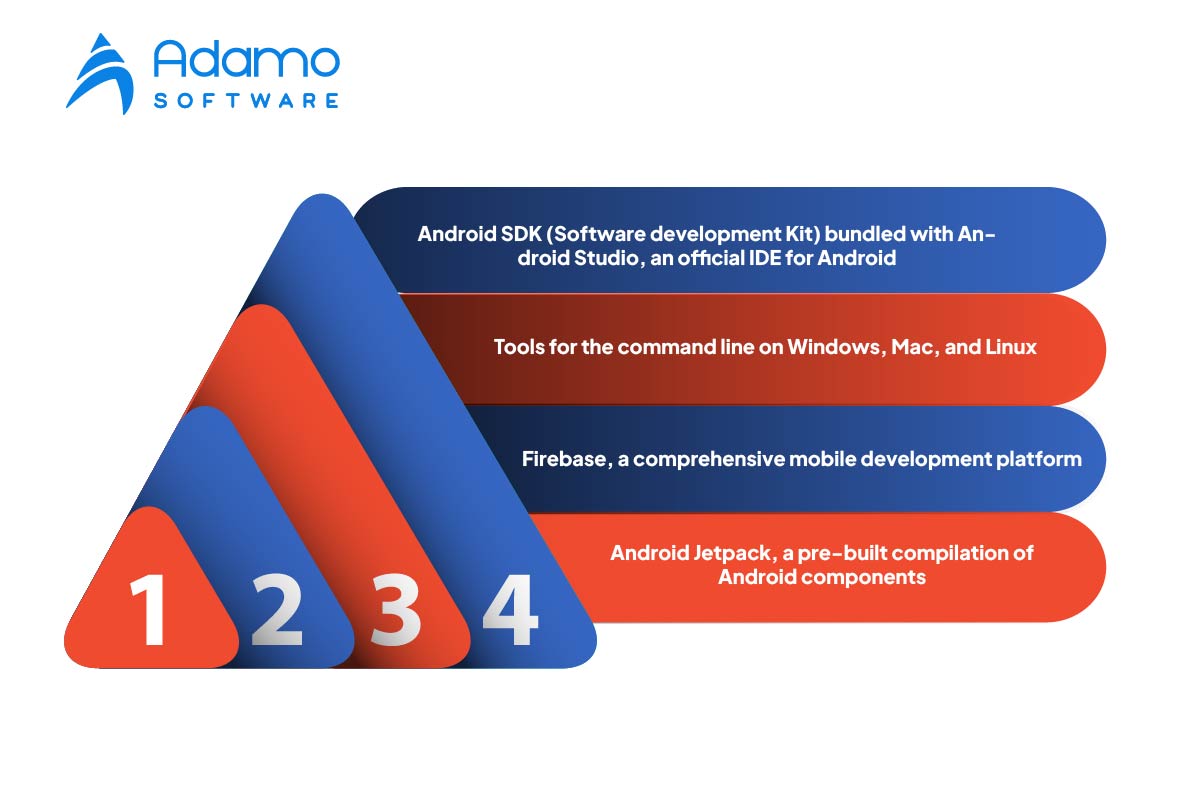
_ Android SDK (Software Development Kit) bundled with Android Studio, the official IDE (Integrated Development Environment) for Android.
_ Tools for the command line on Windows, Mac, and Linux.
_ Firebase, a comprehensive mobile development platform.
_ Android Jetpack, a pre-built compilation of Android components.
In addition to Google’s internal tools, there are numerous third-party solutions available for Android development. On both PCs and Macs, you can develop Android native mobile apps. When your Android native mobile app development is complete, you must upload it to the Google Play app store so users can download or purchase it.
Also read: Best hybrid mobile app development frameworks in 2023: tips to choose the best
IV. Guides to Improve Android Native Mobile App Development
Android native mobile app development from inception requires significant time and effort. They necessitate the use of uncommon web-specific languages, tools, and architecture configurations. They require a new method of thinking from the perspective of development and design for project managers.
Consider app development timeline, read more in our dedicated blog How Long Does It Take To Make an App
1. Recognize your target market
This may seem obvious, but it is frequently neglected by app developers due to a lack of time or impatience: you must have people test your Android native mobile app before it goes live.
These individuals cannot have participated in any way in the conception or development of the product. So, precisely what do you intend to evaluate? Important considerations include how well people are navigating your Android native mobile app, whether it is simple enough, and whether it causes them any frustration. The MVP development process is one method for testing and feedback collection.
Most Android native mobile apps no longer require users to register in the first stage. This stage results in significant bounce rates, requesting personal or credit card information will eliminate any potential obstacles.
If any of these features are required by your Android native mobile app development, that’s fantastic. However, before asking consumers to commit and place their trust in you, ensure they already enjoy your app.
2. Make user touchpoint designs
Consider various scenarios in which the user may desire to use your Android native mobile app, and design it accordingly. Push notifications are an excellent instrument that you should investigate from a technological standpoint.
On the other hand, when used effectively, push notifications can bring consumers back to a product just when they need its services the most.
3. Obtain batch comments
Android native mobile app development can be challenging, particularly when working with a complex client API, as is often the case.
Your best chance is to emphasize in the early stages of project planning how important it is to have a single voice that can synthesize feedback from various parties within the organization and identify discrepancies with an eye toward the product’s objective.
Make it clear that it is the responsibility of your primary point of contact to serve in this capacity and emphasize how maintaining this pattern will increase productivity and facilitate communication.
V. Adamo Software – A Leading Android Native Mobile App Development Company
As a leading software development company in Vietnam, Adamo offers lucrative native mobile app software solutions for iOS and Android operating systems. With in-depth knowledge in technologies and profound understanding of various industries, we will help you to transform your business ideas into reality and reduce the time-to-market with innovative solutions.






